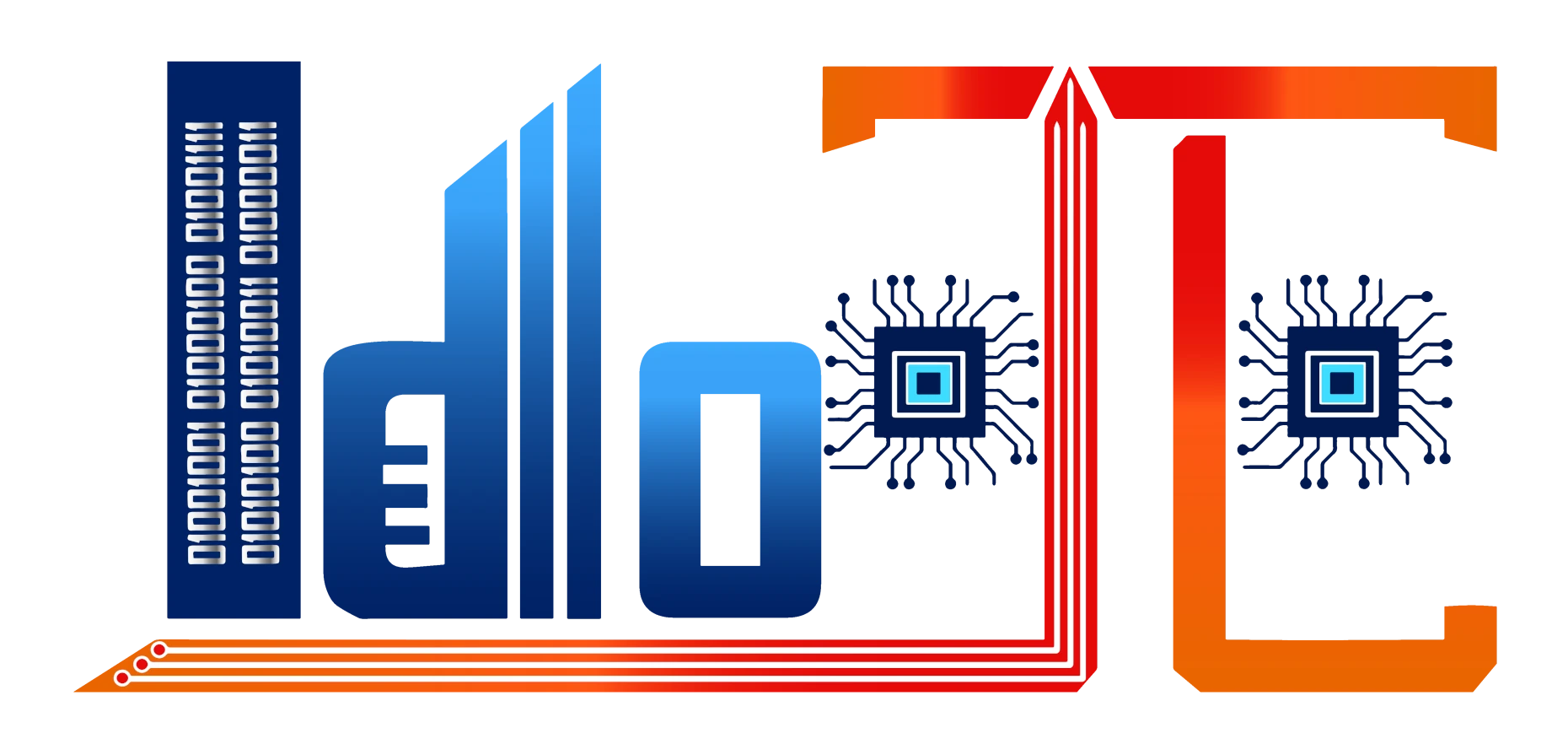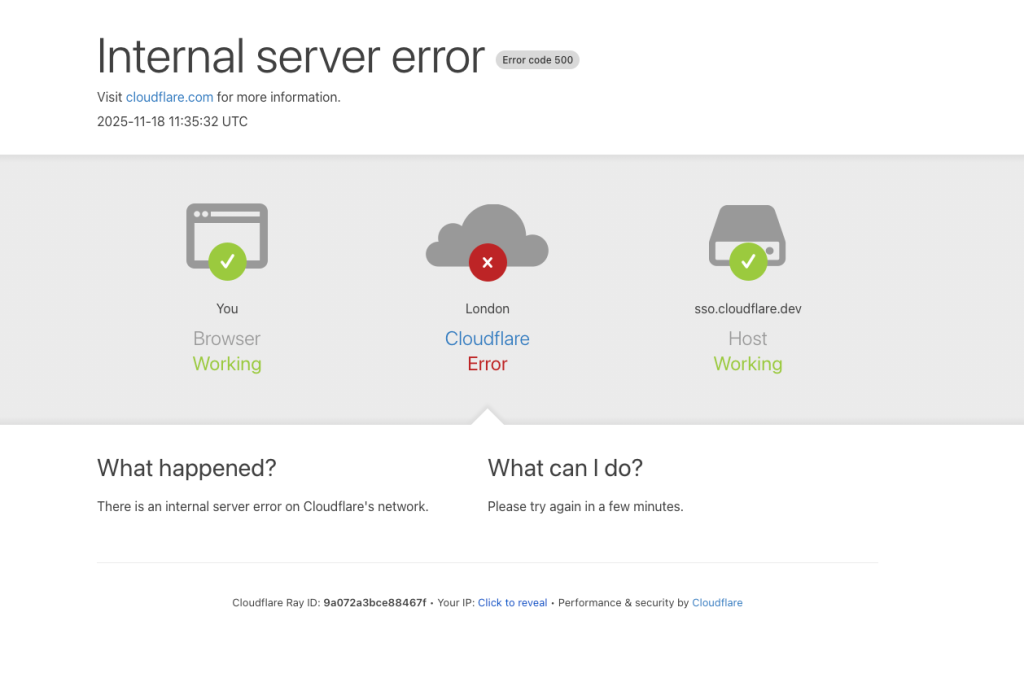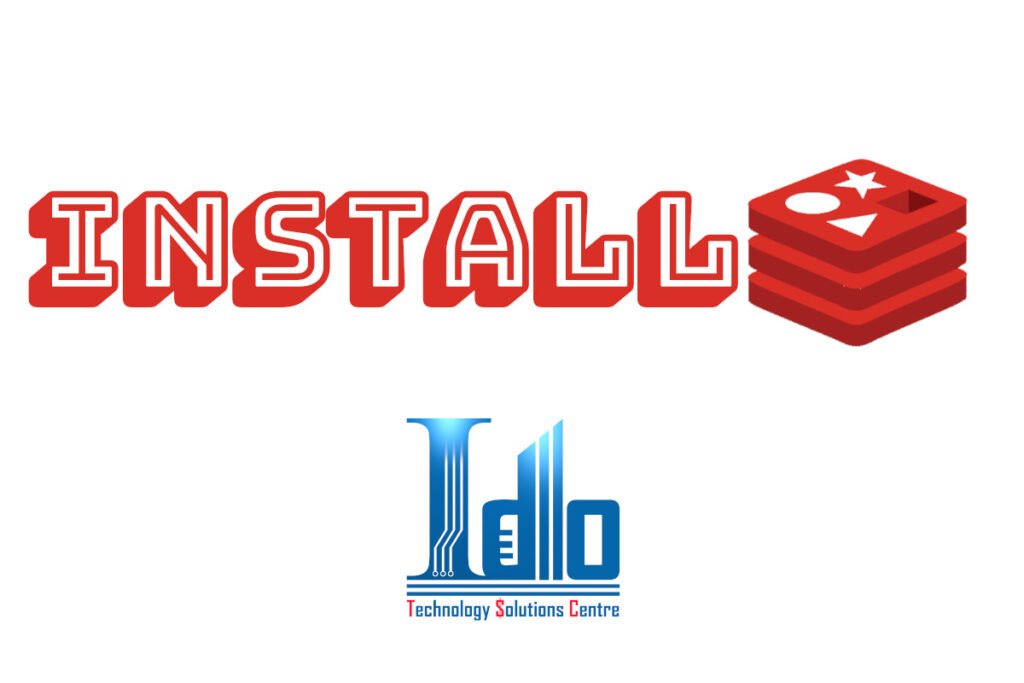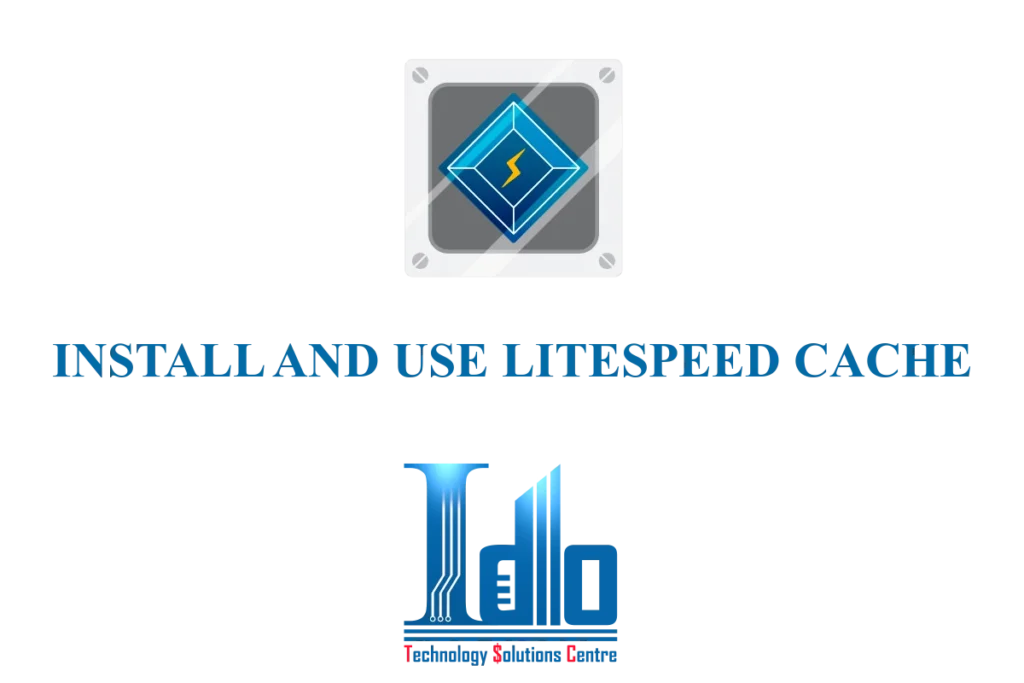Comparing Memcached vs Redis, which cache should use?

Introduction to Memcached and Redis.
Memcached and redis are the two most popular free caches. These are two caches for the server system.
Both are reputable and widely trusted products. However, both caches will have differences in operation. To choose the right cache for the server system, let’s look at the differences between them and the strengths of each type.
About Memcached?
Memcached is a system that stores copies of objects and data that are accessed multiple times to speed up retrieval. It is commonly used to optimize data loading from databases for web-based applications. Initially, the memcached system was developed by Danga Interactive and used for LiveJournal. Memcached then became popular and was used on other websites.
Memcached is a simple, highly scalable, key-based that stores values and objects whenever RAM is available, serving the fastest access, without having to Access the database or resources on the hard disk.
About Redis ?
Redis is a type of database developed on the idea of a system that can be both a data storage system and a cache at the same time. It is designed so that data is always modified and read from the computer’s main memory, however it also supports storage on disk but in a format that is not suitable for random data access. The storage data format is designed so that it can be re-formatted and reconstructed into memory after a system reboot.
With this organization, Redis provides a very unusual data model compared to a relational database management system (RDBMS). User queries are not intended to be executed by the database engine but are simply operators on the given abstract data types. To be able to act as a cache, data must be stored in a way that is suitable for later retrieval. Access is performed instantaneously without the need for assistance from the database system in the form of indexes, aggregate queries or other common query types of traditional RDBMS. system. Instead Redis is implemented using multiple system calls, called forks, to clone the processes that store the data, which allows the parent process to continue serving queries from the client while the child process remains Make copies of data in memory on disk.
Differences between Memcached and Redis
Although they have objects in common, they have some basic differences as follows:
1. Highlights of Redis.
Redis can change data at storage.
Redis stores data with specific data types. On the contrary, Memcached only stores data as String. Because of this, Redis can change data right where it is stored instead of re-uploading and saving a new one. This will greatly reduce the burden on the network system if the data is large and abundant.
This means that when there is a change in Memcached data, the data will have to be deleted and updated again. Therefore, for large website projects with regularly updated content, Redis is a better choice.
2. Highlights of Memcached.
Advantages of memcached:
Data persistence means there is no need for a database backend. Reduce database overload. This allows memcached to work faster, reducing database load and avoiding overload. Memcached is suitable for small websites with few updates. Weak servers and hosting used for small websites should use mencached to optimize and reduce load.













